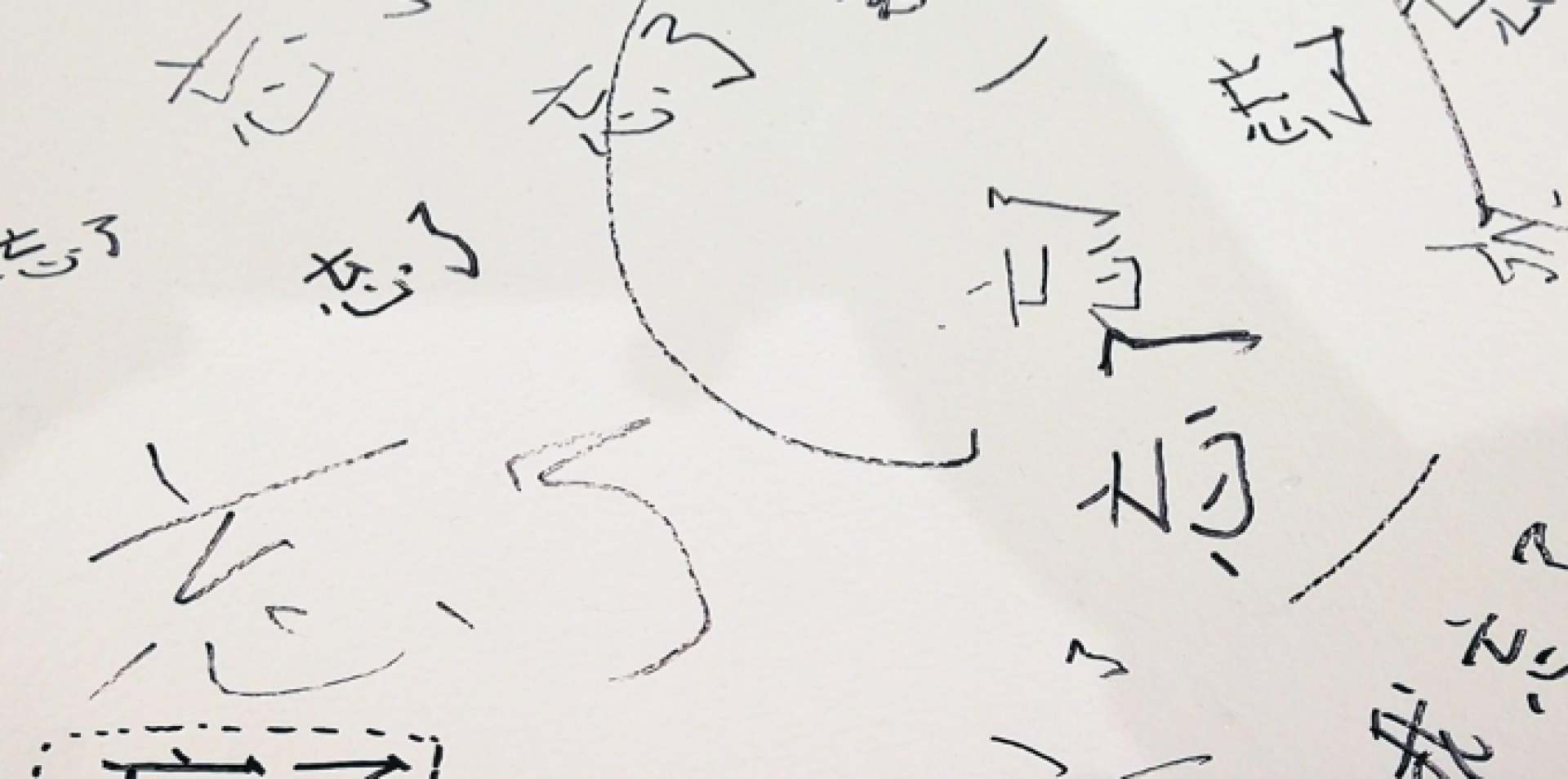by Lori Dumaligan
A young man tips the scales with his body,
a dangled apostrophe on the precipice.
An apostrophe that begs the question of ownership.
Whose body was it? Whose mountain was it: bald, charred,
and dynamited for a grain of gold at the Gaang mines?
The path is carved narrow into the thinning rockface and
with every steep incline—a sharp intake of breath—
the wheels jolt as body after body is sardined in
the piercing rattle of a bottle cap tambourine
Uncle Morris made for me; his hands guiding mine,
careful not to nick our skin, for a Christmas jingle.
Its edges of corrugated steel and curled wires plied
to fasten the seams of a “Dang-dang-ay si dong-i-lay
Insali-Salidummay” song winding around the curved neck
of the road towards home where every breath roams free;
and where there are no barbed wires to fence in the tachok
of a tropical cyclone crossing the cowering cover of the Cordillera
while tap dancing to the sound of a thousand Kalinga gangsa.
A rhythmic procession upending the body and sweeping in a landfall.
The mountainside trembles as buried living anitos emerge.
The luggage tied to the roof and the hands around the grab handles
unravel into a hymn of prayer. The driver clasps the steering wheel
and a child breaks into a cry as the jeep is off balance.
And in the split of a second, a man swerves into the uneven ground,
somersaults above the chance passengers’ uneven faith,
and hung heavy on their uneven breaths.
When the elders and the doctors weigh in on the damage
by percussion of the lungs, they hear a ringing hollow,
the resounding echo of body after body filled with air.
I do not know how much a single breath weighs under the jeep
to Balbalan. My uncle tipped the scales as the counterweight,
a dangling apostrophe on the precipice.
—
Notes:
Balbalan – municipality in Kalinga, Philippines
“Dang-dang-ay sidong-i-lay / Insali-Salidummay” – a Kalinga chant and indigenous folk song. Except for ‘dong-i-ilay’ which is the name of a weed, the words have no direct translation. It is usually sung during festive occasions and other celebratory gatherings.
tachok – Kalinga festival dance
gangsa – gong
anitos – ancestor spirits and nature spirits
Lori Dumaligan: “Dang-dang-ay sidong-i-lay / Insali-Salidummay” are the first few lines of a song sung in Kalinga. I hear it repeatedly in my head over images of corrugated iron roofs, a mountain breeze, and the scratch of jeepney wheels. Whether it’s a funeral, wedding, or a festival, the song is accompanied by the music of the gangsa (gong) and combined on most occasions with the tachok, a type of dance. When I think of these words in the I-Banao dialect that I speak to my family, I can hear and picture the movements: the ringing of gongs is not only sound but a festival, while the rhythm of a dance can be the movement of mountains. These were sounds and textures of my childhood in Kalinga.
The poem began with the passing away of a loved one, a family member. I have been trying to find the words to make sense of the event. At the same time, I also learned about family history. The mix of Ilokano, I-Banao dialect, and English as shown in the poem is part of the syntax of communicating with family. Just as the phrase from the song above has no direct English translation, there are things that are difficult to express only in English. So in this poem, I retrace the vocabularies of my childhood and the contexts that it creates. As I have been trying to process my family members’ deaths, I couldn’t find the words or the language for the feeling that there is this volume of space, a collection of breaths, where a loved one once stood and then suddenly they’re gone. But as I try to speak in the familiar words of home again, I am hoping to find closure and to see them beyond memory in the intimate space that a language inhabits.
Published: Wednesday 22 September 2021[RETURN TO AUDITORY CORTEX 2021]

![]()
Lori Dumaligan is a design student in Manila. Born in the Philippines, she has lived in Tabuk, Kalinga and in Phnom Penh. Her writing has appeared in Issue 57 of Voice & Verse Poetry Magazine.
